Research
I work on a number of topics spanning from cosmology, relativity to black holes, gravitational waves and machine learning. More specifically am interested in learning about fundamental physics from cosmology, constraining General relativity with large scale structure, and testing the foundations of our cosmological model. I have also worked on using black holes and gravitational waves to learn about new physics. I am also particularly interested in methods in cosmological data analysis. More recently I have spent time on machine learning and its application to accelerating data analysis but also as a tool for learning the fundamental laws of physics.
Fundamental Physics from Cosmology
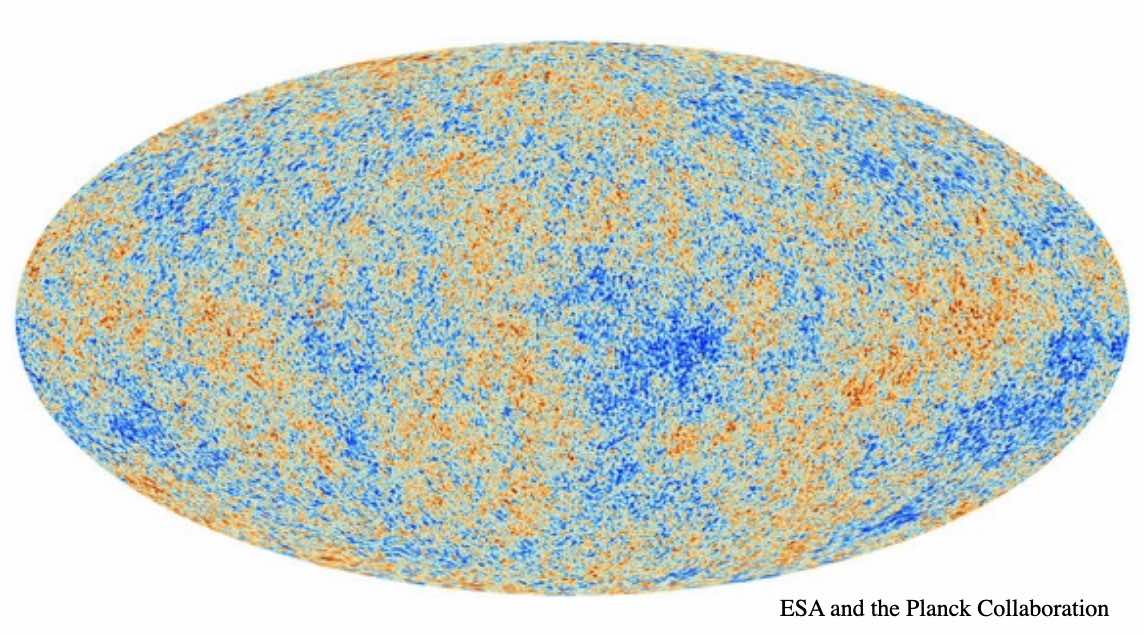 The main driver behind much of my work has been the idea that it should be possible to learn about fundamental physics from observing and theorizing about the large scale structure of the Universe. This has led me to work on dark matter, dark energy, the very early Universe and inflation, cosmic magnetic fields and topological defects. My work has looked at how all these different constituents will affect the distribution, morphology and growth of matter and radiation on the largest scales.
The main driver behind much of my work has been the idea that it should be possible to learn about fundamental physics from observing and theorizing about the large scale structure of the Universe. This has led me to work on dark matter, dark energy, the very early Universe and inflation, cosmic magnetic fields and topological defects. My work has looked at how all these different constituents will affect the distribution, morphology and growth of matter and radiation on the largest scales.
Testing General Relativity with Large Scale Structure
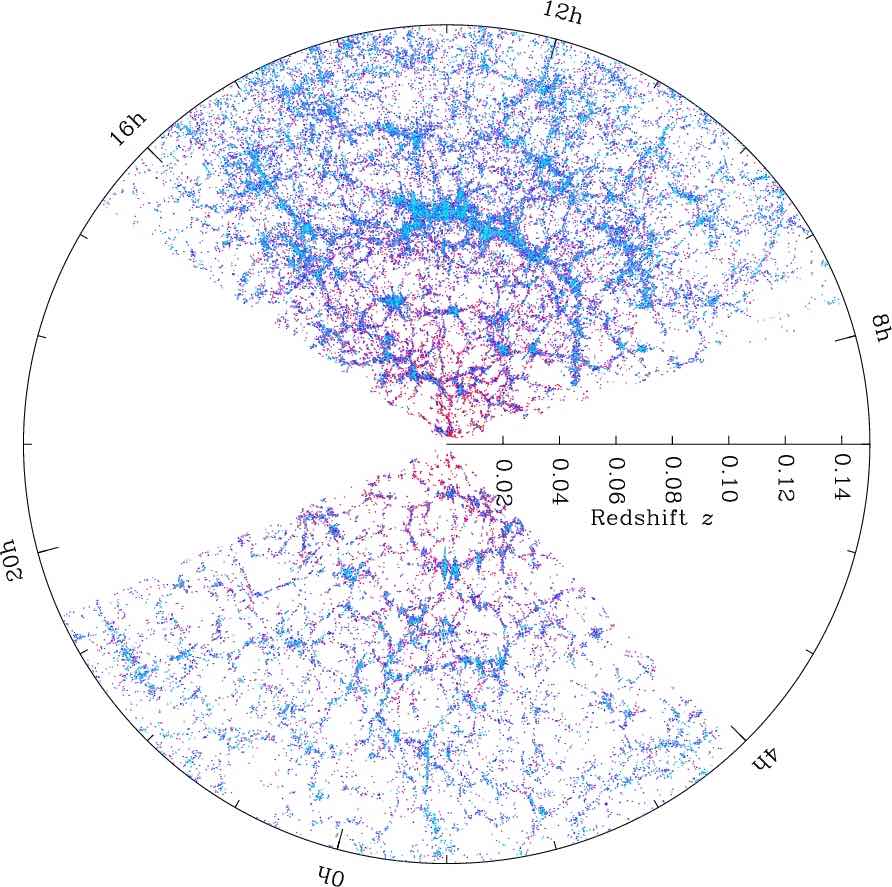 Our current model of the Universe is firmly rooted in Einstein's General Theory of Relativity. For a number of years I have been trying to figure out if it is possible to test this assumption and if it is possible to constrain General Relativity on the largest scales. Such constraints will be complementary to those one normally uses on astrophysical and laboratory scales. I have worked extensively on using the growth and evolution of the large scale structure of the Universe – looking at surveys of galaxies, at weak gravitational lensing and at the cosmic microwave background – to pin down what the gravitational field, i.e. the metric of space-time, is doing on cosmic scales. I have also spent a considerable amount of time studying how galaxies - their morphology and behaviour - might be used to measure properties of gravity and, more generally, new physics.
Our current model of the Universe is firmly rooted in Einstein's General Theory of Relativity. For a number of years I have been trying to figure out if it is possible to test this assumption and if it is possible to constrain General Relativity on the largest scales. Such constraints will be complementary to those one normally uses on astrophysical and laboratory scales. I have worked extensively on using the growth and evolution of the large scale structure of the Universe – looking at surveys of galaxies, at weak gravitational lensing and at the cosmic microwave background – to pin down what the gravitational field, i.e. the metric of space-time, is doing on cosmic scales. I have also spent a considerable amount of time studying how galaxies - their morphology and behaviour - might be used to measure properties of gravity and, more generally, new physics.
Testing The Foundations of Cosmology
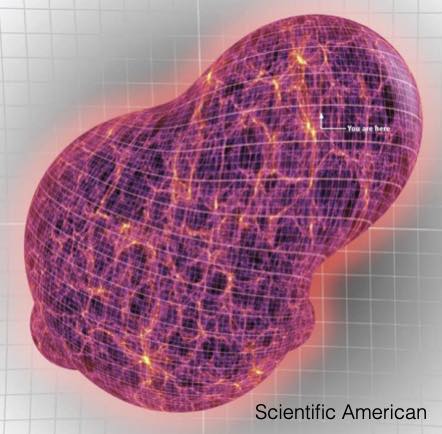 Over the years I have often looked at the foundations of the cosmological model and tried to find ways of testing our assumptions. My work on testing General Relativity is one such example. But I have also looked at isotropy and homogeneity of space-time, how light propagates through space and the initial conditions of the Universe.
Over the years I have often looked at the foundations of the cosmological model and tried to find ways of testing our assumptions. My work on testing General Relativity is one such example. But I have also looked at isotropy and homogeneity of space-time, how light propagates through space and the initial conditions of the Universe.
Survey Science
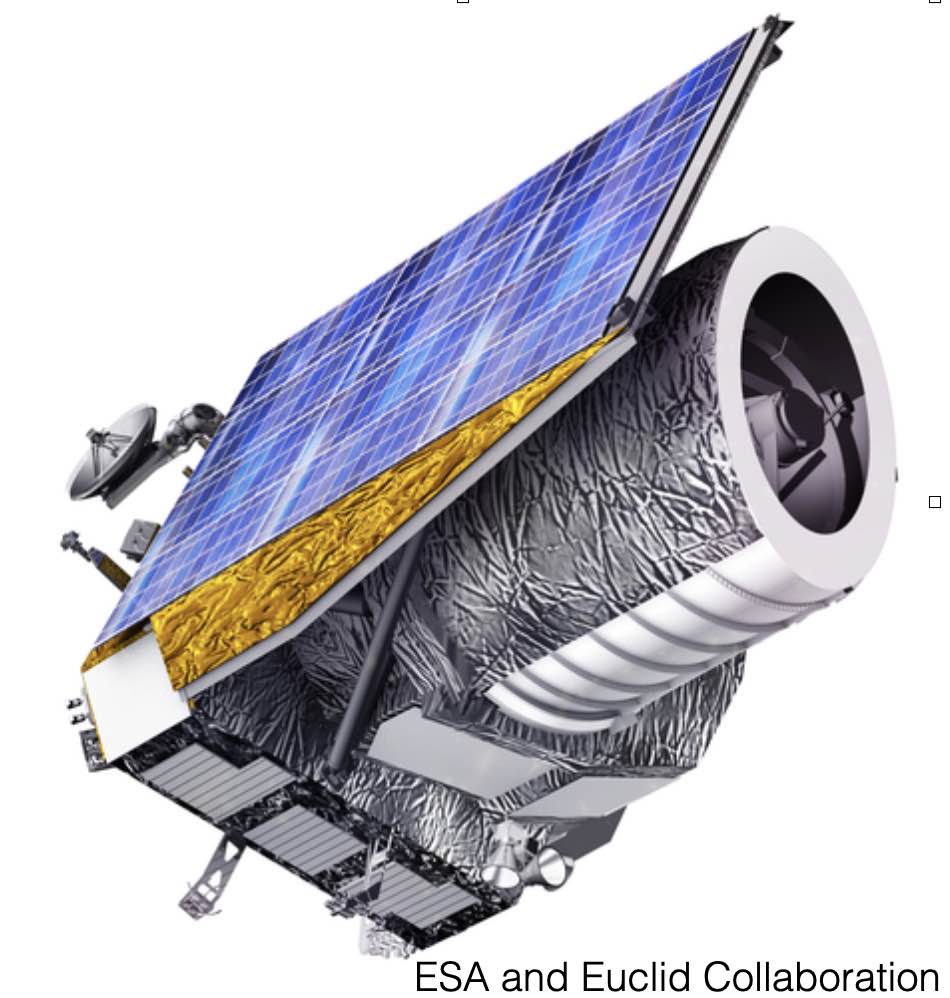 The tremendous success of modern cosmology has come from the huge advances in mapping out the Universe. While I am a theorist, I have spent much of my career working on methods for extracting information from cosmological data sets, most notably, from maps of the cosmic microwave background, from surveys of galaxies and weak lensing. I was heavily involved in MAXIMA and BOOMERANG, which produced the first significant constraints on the geometry of the Universe. I have been working on what is known as Stage IV cosmological surveys: the Euclid Satellite, the LSST with the Rubin Observatory and the Square Kilometre Array. I have pioneered now approaches for using cosmological observations; examples are with the kinetic Sunyaev-Zel'Dovich effect with the CMB, peculiar velocities, redshift space distortions and weak lensing.
The tremendous success of modern cosmology has come from the huge advances in mapping out the Universe. While I am a theorist, I have spent much of my career working on methods for extracting information from cosmological data sets, most notably, from maps of the cosmic microwave background, from surveys of galaxies and weak lensing. I was heavily involved in MAXIMA and BOOMERANG, which produced the first significant constraints on the geometry of the Universe. I have been working on what is known as Stage IV cosmological surveys: the Euclid Satellite, the LSST with the Rubin Observatory and the Square Kilometre Array. I have pioneered now approaches for using cosmological observations; examples are with the kinetic Sunyaev-Zel'Dovich effect with the CMB, peculiar velocities, redshift space distortions and weak lensing.
Black Holes and Gravitational Waves
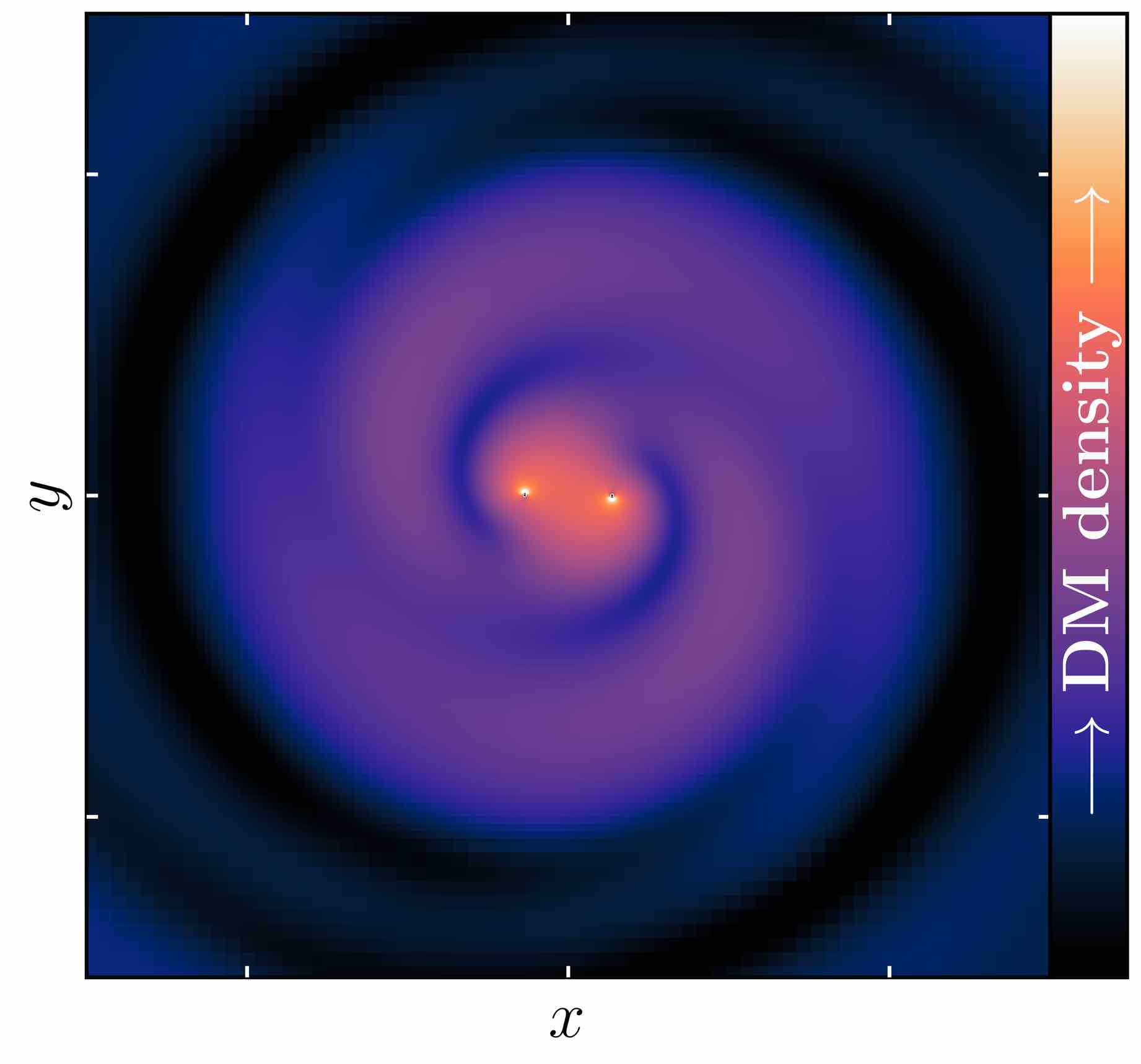 With the direct detection of gravitational waves by LIGO-VIRGO, a completely new way of observing the Universe has come to the fore. I am interested in using these observations to answer some of the big cosmological questions about gravity, dark matter and dark energy. I have focussed on two aspects. First, I have tried to understand how observations of black hole mergers may teach us something about new physics, most notably long range fifth forces that may compete with gravity. Second, I have a keen interest in the accretion of fundamental fields around black holes. For example ultra-light scalar fields will lead to distinctive signatures which may be detectable with future observations.
With the direct detection of gravitational waves by LIGO-VIRGO, a completely new way of observing the Universe has come to the fore. I am interested in using these observations to answer some of the big cosmological questions about gravity, dark matter and dark energy. I have focussed on two aspects. First, I have tried to understand how observations of black hole mergers may teach us something about new physics, most notably long range fifth forces that may compete with gravity. Second, I have a keen interest in the accretion of fundamental fields around black holes. For example ultra-light scalar fields will lead to distinctive signatures which may be detectable with future observations.
Methods in Statistical Inference and Machine Learning
 As cosmological data becomes more abundant, we need to change the way we analyze it. Crucially, we need to become better at constructing statistical models that incorporate all aspects of the observational process. I have become interested in various aspects of this. To begin with, I have become interested in the forward modelling of messy systems, what I call "Messy Bayesian Forward Modelling". I have also become interested in methods that can greatly speed up exploration of very high-dimensional model, using analytic approximations and clever numerical methods like auto-differention and emulation.
As cosmological data becomes more abundant, we need to change the way we analyze it. Crucially, we need to become better at constructing statistical models that incorporate all aspects of the observational process. I have become interested in various aspects of this. To begin with, I have become interested in the forward modelling of messy systems, what I call "Messy Bayesian Forward Modelling". I have also become interested in methods that can greatly speed up exploration of very high-dimensional model, using analytic approximations and clever numerical methods like auto-differention and emulation.
Learning Physical Laws
 A large part of our job is trying to infer simple mathematical expressions from data. This is often based on a few prejudices and inspired guesswork. I have become interested in how this can be done in an automated way. With my colleagues, we have developed approaches using Symbolic Regression, elements from coding and information theory and language models to work towards a rudimentary but effective way for inferring formulae from data.
A large part of our job is trying to infer simple mathematical expressions from data. This is often based on a few prejudices and inspired guesswork. I have become interested in how this can be done in an automated way. With my colleagues, we have developed approaches using Symbolic Regression, elements from coding and information theory and language models to work towards a rudimentary but effective way for inferring formulae from data.